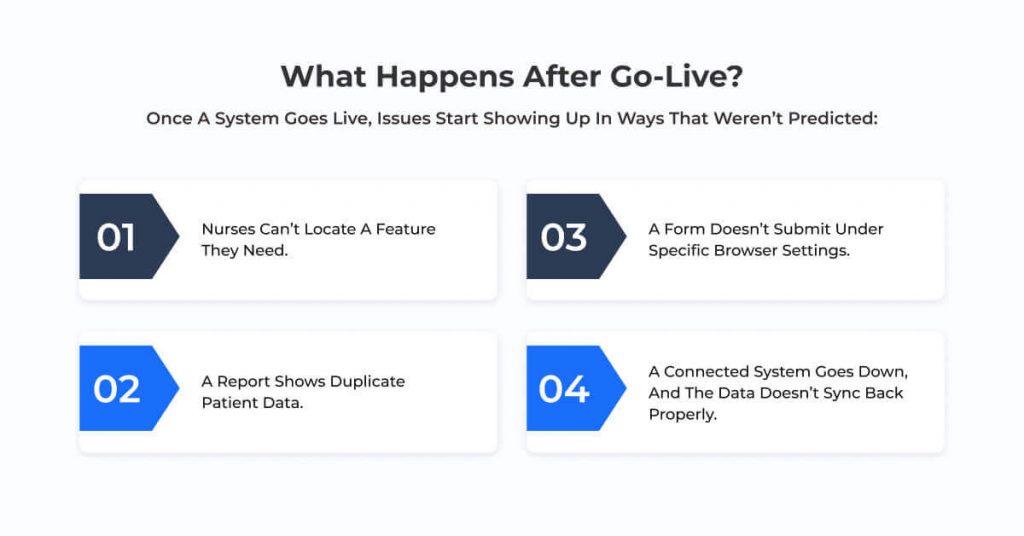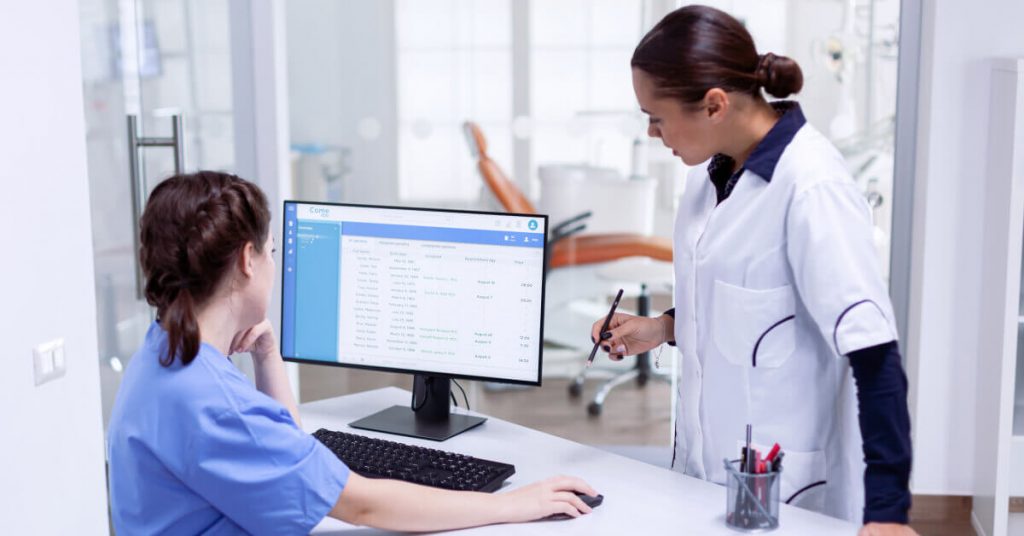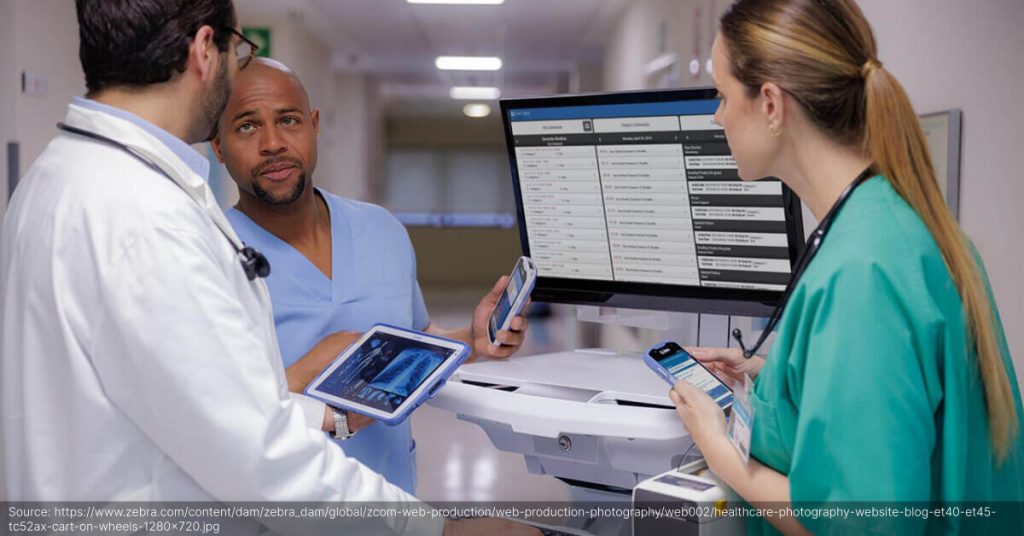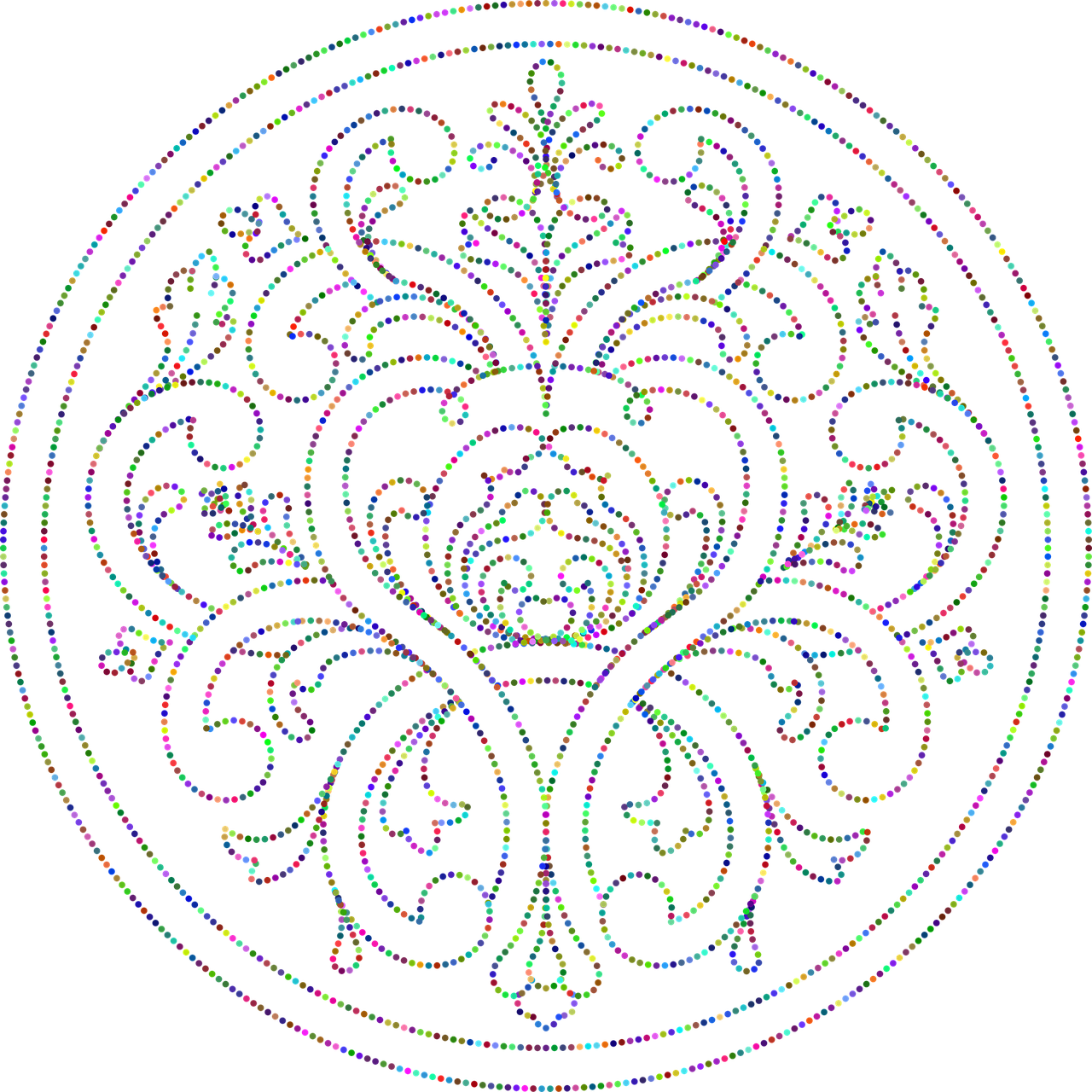Behind every diagnosis, prescription, and discharge summary, there’s software running quietly in the background. It’s essential at every stage, from healthcare software solutions scheduling visits to processing claims. When that software stumbles, the effects are immediate and can be seen in staff scrambling, data loss, and delays creep in.
Here is a closer look at where healthcare software and technology meet, because that’s where digital decisions affects patient outcomes.
So, what breaks in healthcare software, and why does it matter? Let’s dive into it here.
What Happens After Go-Live

Time and money are invested in building custom healthcare software. But no matter how carefully you test it, the real world will always find the cracks. Once a system goes live, issues start showing up in ways that weren’t predicted:
- Nurses can’t locate a feature they need.
- A report shows duplicate patient data.
- A form doesn’t submit under specific browser settings.
- A connected system goes down, and the data doesn’t sync back properly.
At that point, fixing the problem isn’t just about writing better code. It’s about figuring out what happened, where, and why, with as little delay as possible. Debugging in healthcare means listening to frontline users, separating technical issues from user friction, and making decisions fast. It also means balancing a fix with minimal disruption.
The Role of Integration

Most healthcare organizations don’t rely on one system. They use several: an EHR integration solution here, a lab portal there, billing from another vendor, and now remote patient monitoring platforms too. This setup creates a constant need for healthcare software integration. Systems need to talk to each other, even if they weren’t built to. And that’s where many bugs begin.
Two systems may exchange data, but each one interprets it differently. Or they use different formats. Or one system updates while the other doesn’t. A patient ID might look the same, but behind the scenes, there are mismatches that affect records and workflows. You won’t find these problems in a test environment.
Data Overload Can Be a Problem Too

In theory, more data helps care. But if systems aren’t built to handle it, that volume becomes a problem. Clinicians now deal with data from Electronic health records, wearables, mobile apps, connected devices, and more. But delays in syncing, slow dashboards, or unresponsive tools aren’t just technical flaws; they break the flow of care.
Sometimes, the system is technically “working,” but the time it takes to load makes it unusable in practice. These issues aren’t always easy to detect in advance. That’s why good monitoring tools and strong backend support are necessary while building and long after launch. This is where healthcare software development services can play a crucial role, ensuring robust, scalable architecture from the ground up.
Why Clear Communication Matters

I write about healthcare and technology to describe how things work and why they matter. Healthcare software services involve healthcare developers, clinicians, engineers, administrators, compliance officers, and product teams. Everyone sees the system from a different angle. The job is to connect those dots to show how a backend process affects a patient or how a workflow tweak can reduce staff burnout.
This isn’t about promoting tools. It’s about helping people understand the systems they rely on and the decisions that shape them. Strong healthcare software services require alignment between all stakeholders to succeed.
Debugging Never Ends

Healthcare is always changing: new regulations, new devices, and new types of care. That means healthcare software systems must change, too. And every change brings the chance of something breaking. Debugging isn’t a one-time task. It’s an ongoing responsibility. The best teams don’t just respond to problems; they prepare for them, with tools to monitor, test, and improve continuously.
OSP, for example, builds custom healthcare software solutions with built-in monitoring, structured support workflows, and flexible integrations so that fixes can happen without slowing down care. These are examples of forward-thinking telehealth solutions in action.
The Real End User Is Always the Patient

Even when the software is meant for doctors or billing teams, the impact eventually lands on the patient. If a system goes down, a patient might wait longer for test results. If data doesn’t sync, a provider might miss part of their medical history. If an insurance claim fails, the patient gets the bill.
That’s why debugging healthcare software is about more than performance; it’s about trust.
Final Thoughts
Healthcare software is the backbone of modern medical practices, but when it falters, the consequences can be serious. From integration headaches to data overload, the challenges are many. Yet, with continuous monitoring, clear communication, and a proactive approach to debugging, we can mitigate these issues and ensure that technology supports patient care.
The most effective telemedicine solutions come from experienced healthcare software developers who understand the unique needs of clinicians and patients alike. Healthcare app development is not just about code; it’s about crafting real-world systems that save time, reduce error, and ultimately improve outcomes.
Remember, the real end user is always the patient. Every glitch or delay in the system ultimately impacts their experience and trust in healthcare. That’s why it’s crucial to keep improving and adapting our digital tools.
If you’re involved in health tech, take a moment to reflect on how your work impacts patient care.
Are there areas where your systems could be more robust or user-friendly?
How can you better support the people who rely on these tools every day?
Let’s work together to build and maintain healthcare software solutions that enhance care and build trust. Your insights and efforts can make a real difference.
The post Why does Healthcare Software Fail appeared first on Osplabs.






